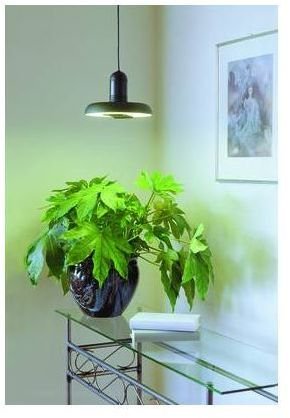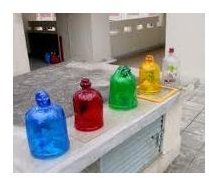5 Ideas for Basic Science Projects Involving Hands-On Experiments
The study of science is based upon facts which are proven by different experiments. A hypothesis is a guess about what will happen during an experiment, and the main aim of that experiment is to prove if a hypothesis is correct or incorrect
Experimentation is an important aspect of learning science, and biology is no exception. The following projects can be performed in the lab, as individual student projects, or as science fair projects.
Plant Projects
1. Will Plants die if soil is watered with slightly less saline water than ocean water? What is the level of salinity that hinders the growth of a plant?
Method: For this project, you need nine beans, nine lettuce seeds and nine zucchini. All these need to be cultivated as indoor plants.
Take water of three levels of salinity; 30g of salt per liter, 15 g of salt per liter and fresh water. Create three groups with three of each type in one group. Each group should be watered with three types of water.
In the original experiment, it was observed that after ten days of testing, all the plants were dead. Then again four plants of each type were re-grown. Two of each type was watered with solution of 5g per litre and two at 10g per litre. Do as directed and observe their progress.
The experiment results are quite interesting as it shows that plants cannot survive in water of high salinity though rate of tolerance varies in different plants.
2. What specific wavelength of light is needed for photosynthesis?
Method: You can perform this experiment with bean sprouts. In addition, you need cellophane sheets of different colors; red, green, blue and yellow.
Take eight pots and sow the same number of seeds in the same conditions in each pot. Cover every two pots with four different colored cellophane sheets. Water them and place them in sunlight. Observe the progress of sprouts on a daily basis and note down the results. You are observing the plants in order to compare them.
3. How do different types of light affect plant growth?

Method: Cultivate three plants of the same type in three pots with the same soil conditions. Place all three pots in different light conditions:
- one in high sunlight exposure.
- one in medium light exposure.
- one in an area getting very little sunlight.
Observe the plants for a week or two and monitor their growth.
Regeneration and Cellular Division
**4. How do some animals regenerate?
**
Method: Animal study is an important area of biology. Students can learn about the regeneration of some low class animals by undertaking a regeneration project. Take a small animal such as a planarian or earthworm. Cut them in half and see if they can regenerate.
5. How does cellular division work in plants?
Method: Study the cellular division in plants using an onion, garlic or beet root to study under a microscope. You will study various stages of the cellular division or mitosis.
Take an onion and immerse its lower part in the water for 4-5 days. When it has grown a bit, cut some of its end by 1-2 mm in length. Place it on a microscopic slide cut across the length. Add a few drops of muriatic acid on its tips and leave it for about 15 minutes. Once its roots are flaccid, wash away the acid with water. Separate a thin strand and add 0.5% Toluidine blue to it. Crush the tips and wash away the dye and absorb extra water with a paper towel. Now place this slide under the microscope to study mitosis.
References
- Image Credit, licht.de/en/lighting-for-your-home/lighting-examples/content/lichtgebaude/
- Image Credit, cccmkc.edu.hk/~sbj-biology/CERT%2520BIO/Energetics/Photosynthesis/Photosynthesis.htm
- Fun Sci, http://www.funsci.com/fun3_en/exper1/exper1.htm
- Julian Trubin, http://www.juliantrubin.com/biologyprojects.html
